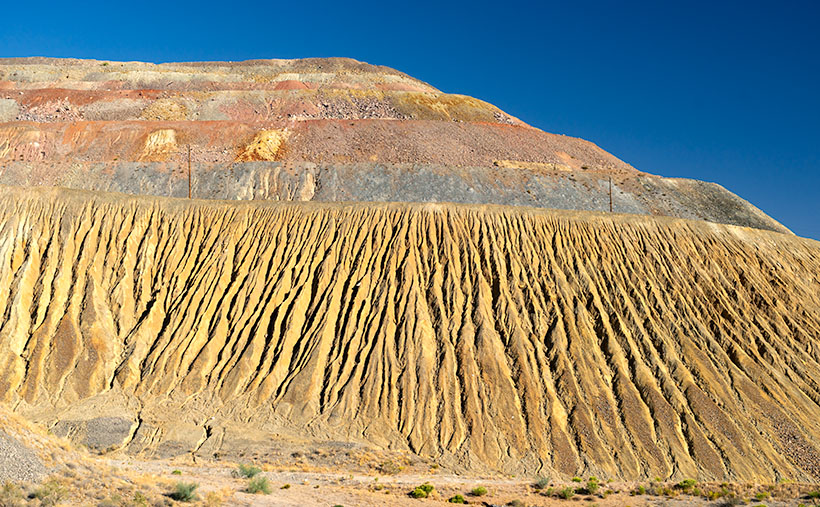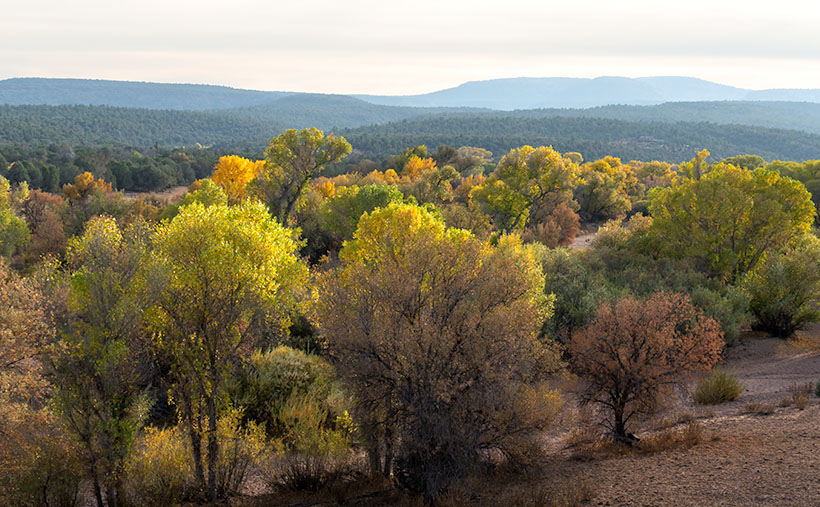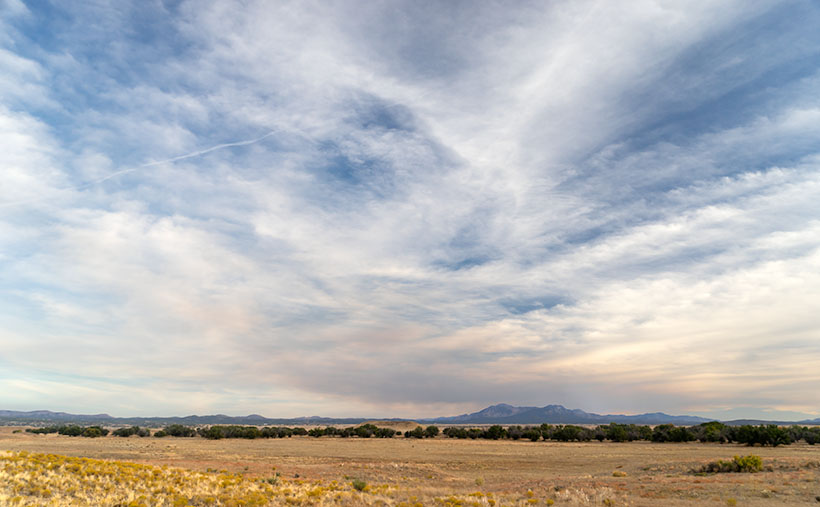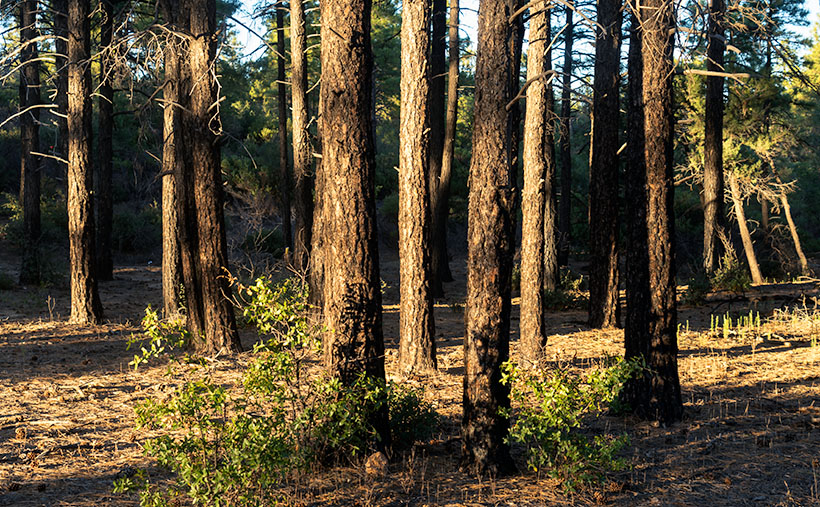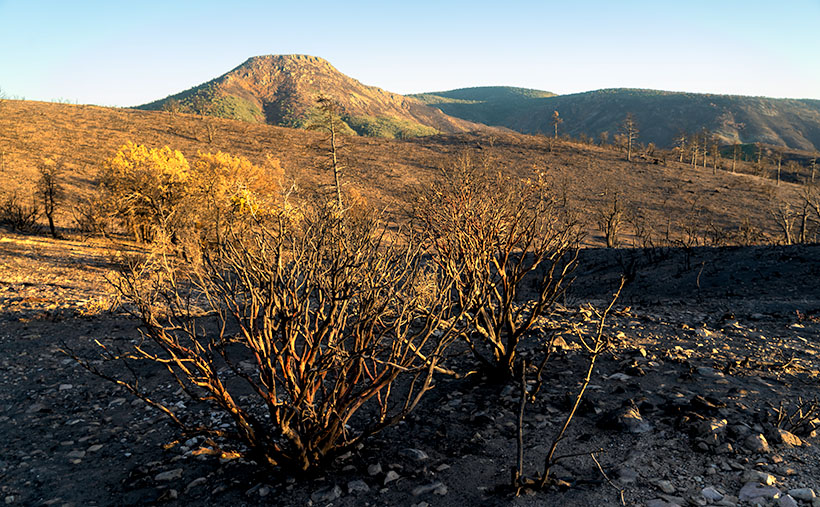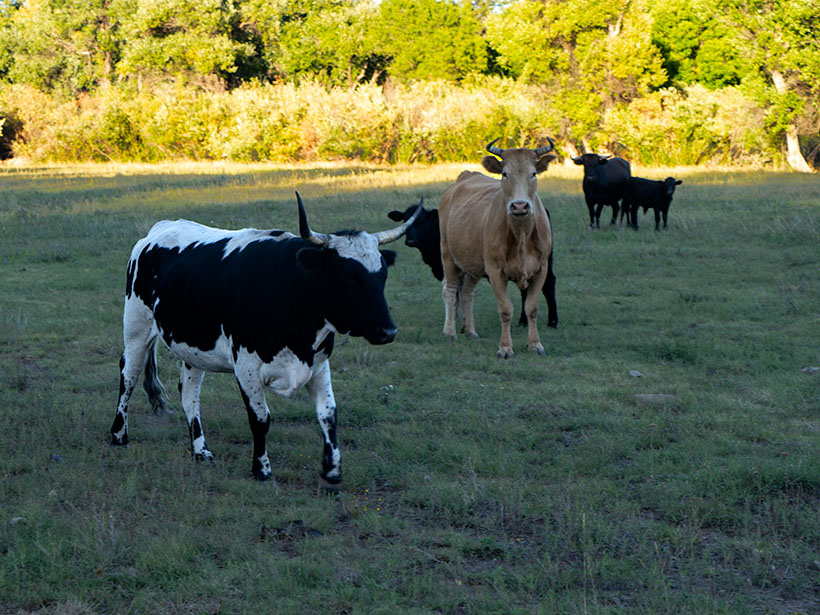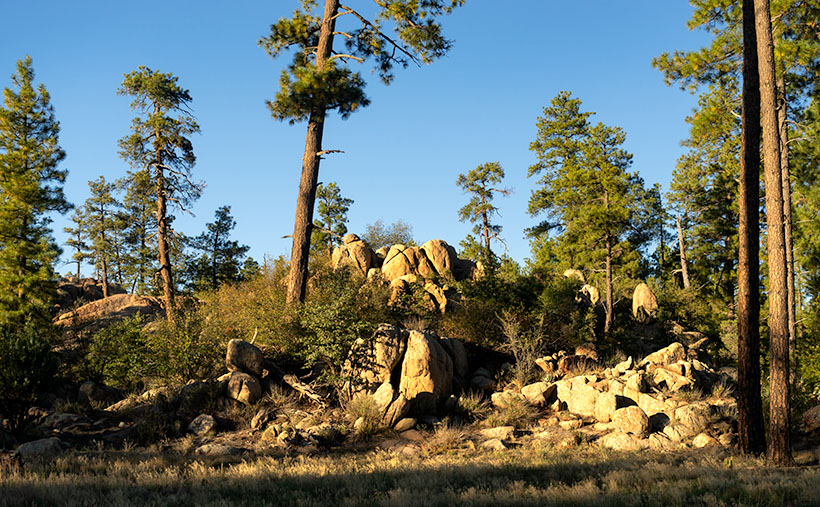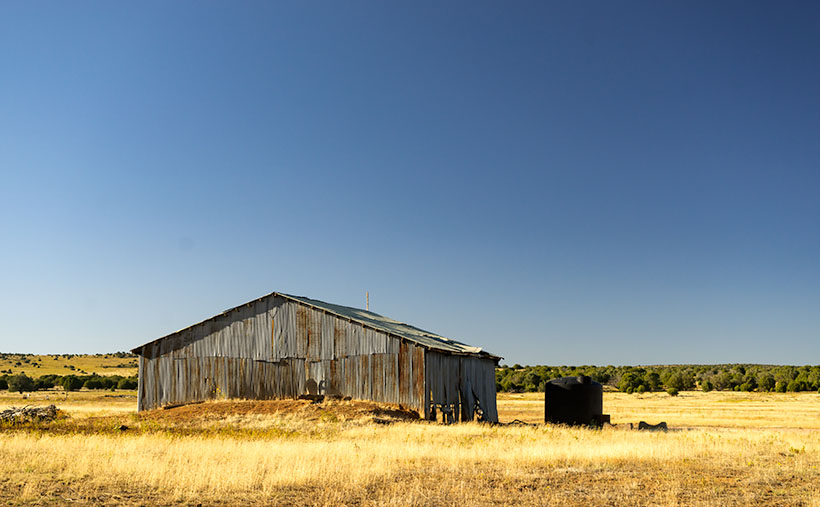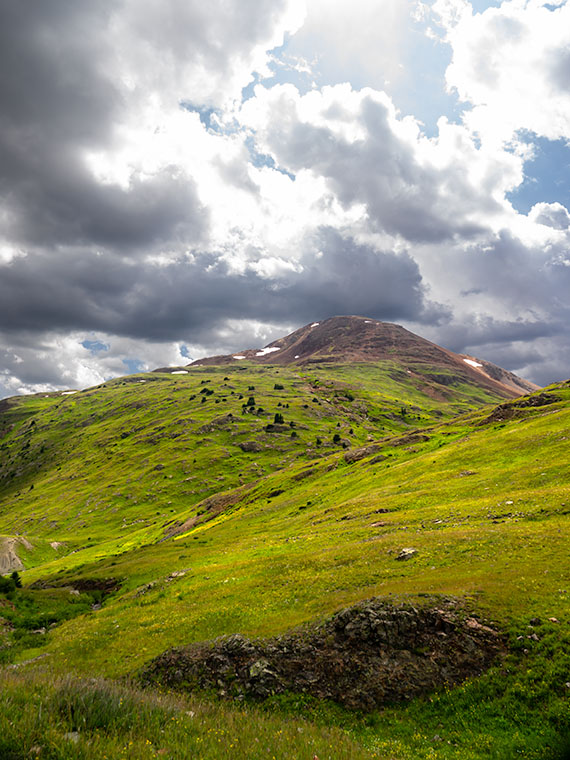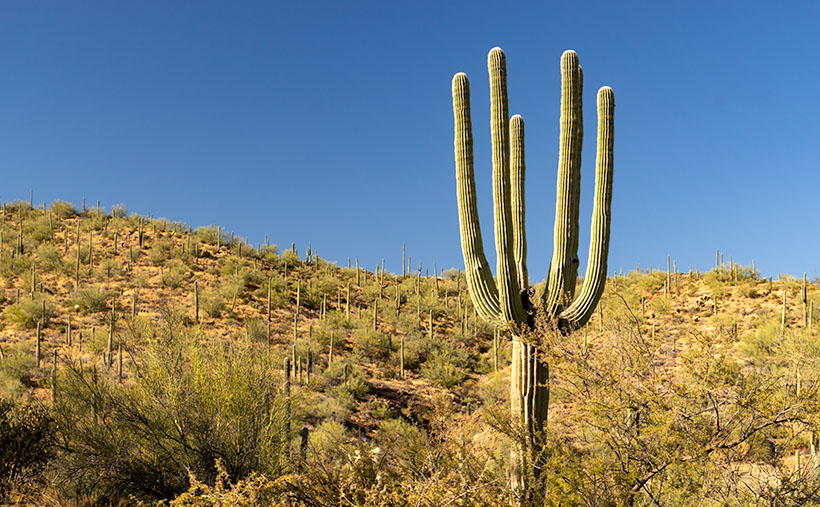
Several decades ago, there was a miner that lived in a cabin in the desert foothills east of Mesa, Arizona. He was raising three children on his own because the wife took sick with influenza and died. The children were terrified of him because he liked to hide his head under his coat, sneak up behind them, and frighten them with a shriek. “I am the headless horseman, and I’ve come to take you away!” They would always run screaming to the cabin and hide under the bed. He was mean.
One Halloween, there was a knock on the door. When the miner answered it, he was staring into the eyes of an evil witch—his mother-in-law (been there). Because he knew he had done wrong, and realized it was the start of a war of which he wanted no part. He pushed her aside and set off for the town bar. “They’re your charge now,” he yelled back at her as a dream of a new life flashed through his brain.
As he walked away, the children, curious about the commotion, peeked from the bedroom. When they saw it was their grandma, they ran and clung to her skirt. They talked over one another about how mean father had been since mom died. Then, in turn, they each told stories on him. These grievances enraged grandma, and she rose up to a towering height, her skin turned green, and her eyes glowed red—for, after all, she was an actual witch. Because the miner already had a head start, she needed a wand to cast a spell. She searched the kitchen until she found a box of plastic straws. After grabbing one, she ran to the door where she could barely make out the miner’s figure at the far end of the valley. She knew she was clutching at straws, but the witch raised her makeshift wand to the sky and began a dreadful curse. “Since you enjoy the road, your feet will be forever planted there! You will have a pair of arms for each of your babies, but will never get to hold them! Because you conjured a headless horseman to frighten the children, you will lose the empty one you have! You will grow spines to go with your prickly disposition, and your skin will turn green!”
And that’s how Dave—the headless saguaro—came to be at this spot along the Florence-Kelvin Highway. He’ll probably stay here for another couple of centuries, providing a home for Gila Woodpeckers and Pigmy Owls. Dave’s only worries now are housing developers or being struck by lightning a second time. And what about the kids? Oh, grandma moved in and fattened them up with lots of sugar and spice before she shoved them into the oven and baked them into gingerbread cookies for Santa to eat on Christmas Eve. What did you think was going to happen? I told you she was a witch.
You can see a larger version of Headless Saguaro on its Web Page by clicking here. I hope you enjoy viewing it. Next week, we’ll continue along the Florence-Kelvin Highway, and I’ll show some more of the natural beauty we found along the way.
Until next time — jw


